Description
A vision of pink beauty and a WOW factor for your garden!
Papaver laciniatum annual “Fringe” Poppies Often known simply as Feathery poppies, are a collection of annual poppies loved by gardeners because of their delicate petals. While many varieties in the poppy family have large disc-shaped petals, these beautiful flowers have the edges of their blooms feathered so they look like pom-poms of brightly coloured crêpe paper.
Like the other annual poppy seed varieties, despite their beauty, Feathery poppies are actually very easy to grow. As long as poppy seeds are placed in well draining soil and located in a sunny or partially shady aspect, they’ll thrive. This makes them a great garden plant, either to showcase on their own, or to include in a vibrant and colourful mixed border.
They send up thick flower stems that produce five to ten nodding flower heads. When the flowers do burst, overnight, from their casings, what a treat to enjoy some of the most dramatic flowers in the plant kingdom. As if this weren’t enough to tempt any gardener, once the petals drop, one is left with a spectacular, instantly recognizable seedpod.
Sown in early spring, the plants grow quickly and the first flowers appear in early July. They grow to about 60 to 90cm (24 to 36in) tall and have thick stalks and broad lettuce-like leaves. The light green, almost round pods are well-suited for crafts and dried floral arrangements. This annual variety will readily self-seed and will make an excellent addition to any garden for years to come.
They can also be grown in large containers.
Poppies have very sensitive root systems and do not transplant well at all. With care, they can be sown indoors and transplanted while young, but often better results are gained when seeds are simply sprinkled outdoors where they are to grow. Check out my blog post.
Whichever method you choose, the seeds are best sown very, very thinly. You can thin the seedlings out if they grow too close together, but not good results likely to transplant them. Soil Blockers are highly recommended in starting indoors! Less root disturbance.
Sow from the end of April through May, or sow in late August to September.
Thin the seedlings out so they are finally 30cm (6-12in) in apart by early summer. Be ruthless, just leave the biggest and most healthy looking. By doing this, you’ll get more flowers and pods per plant that are bigger and stronger. Poppies don’t need to be watered too often, but when you do water, give the plants a deep soaking. This will promote strong root growth.
The most serious problem for these poppies is root rot. Excellent drainage is a must. Once they get established the plants are very hardy.These poppies are annuals, but on a well-grown peony poppy, the blossom can be just as large as the perennial Oriental poppy, and they bloom later than their perennial cousins. And most people don’t seem to know that you can deadhead peony poppies to get rebloom. Follow the stem of the spent bloom down to the first set of leaves and cut the stem just above those leaves. In many cases you can see the incipient flower bud forming where the leaf attaches to the stem.
The flowers of this variety of poppy aren’t particularly long lasting. Cut flowers last just 2-3 days in the vase if you’re lucky. Harvest when ½ open and sear the bottom end in boiling water for 7-10 seconds. Seed pods can be dried and used indefinitely.
Approx 100 seeds Annual

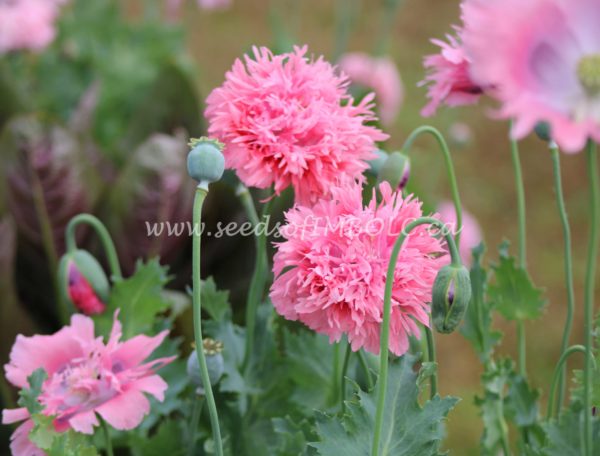
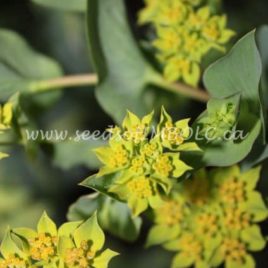
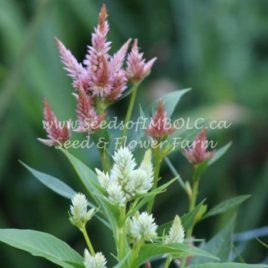
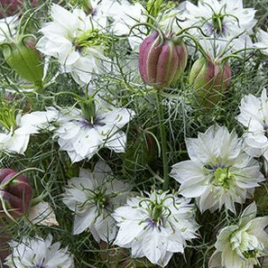
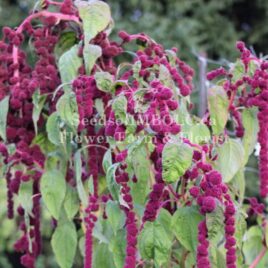
Reviews
There are no reviews yet.